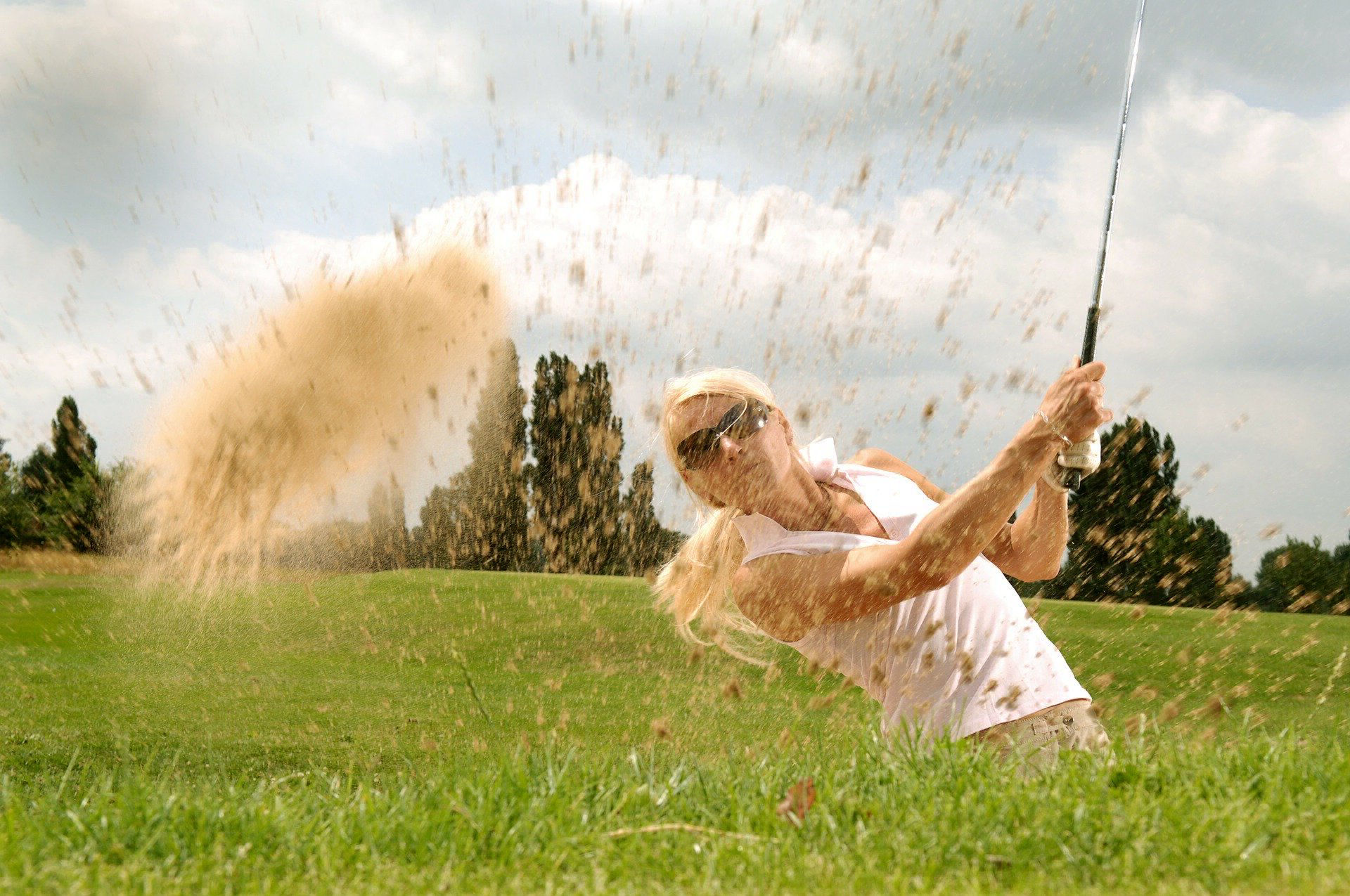Many injuries and wear damage to the shoulder can be treated conservatively, in other words without surgery. We would be happy to explain the various treatment options to you in a personal consultation. A personalised solution is found for each patient.
If an operation is necessary, we will perform it using arthroscopy or minimally invasive surgery. We use the highest quality materials during operations and employ state-of-the-art surgical techniques.
Dr Christian Mauch is our shoulder specialist and his team will be happy to help you find out the cause of your shoulder pain and find a solution for you.


